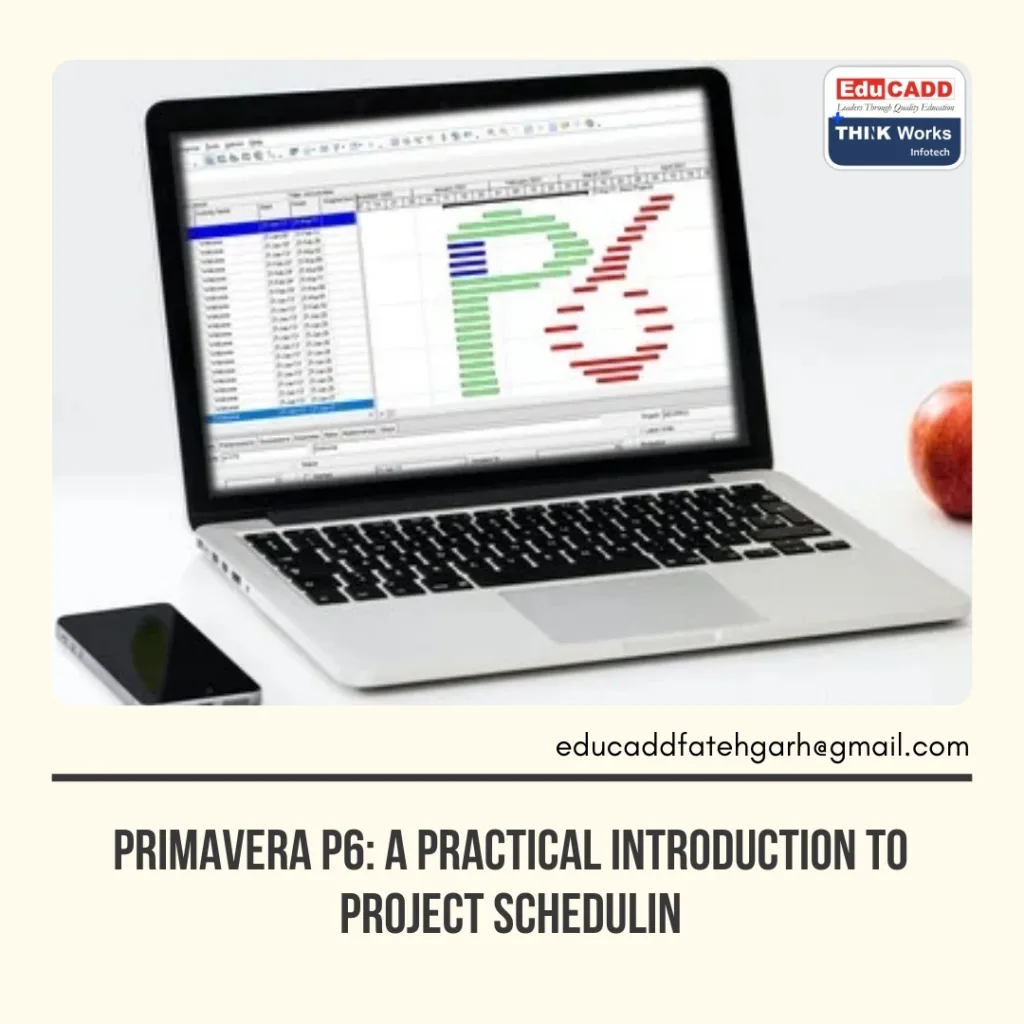Primavera P6: A Practical Introduction to Project Schedulin
Primavera P6 Project Scheduling is more than just software; it is a complete project management tool. Organizations across industries rely on it to plan, monitor, and control complex projects. From construction and engineering to IT and oil & gas, Primavera P6 provides the structure required to meet strict deadlines and budgets.
At its core, Primavera P6 helps project managers organize work into smaller, manageable activities. These activities are then linked through dependencies, forming a logical sequence known as a schedule. By using Primavera P6, teams can forecast timelines, allocate resources efficiently, and identify risks before they cause delays.

Unlike spreadsheets or basic project tracking tools, Primavera P6 is designed for large-scale projects involving multiple teams and contractors. It handles thousands of tasks without losing clarity, ensuring every activity is accounted for. That is why it has become the industry standard for scheduling complex projects.
Why Project Scheduling Matters More Than Ever
Effective scheduling is the backbone of successful project delivery. Without a clear timeline, even the most innovative ideas struggle to become reality. Primavera P6 provides a structured way to balance scope, cost, and time.
In today’s competitive business environment, delays can cost millions. Whether constructing highways, implementing IT systems, or building high-rise towers, projects must finish on time. Scheduling ensures resources are available when needed, avoids overlaps, and sets realistic expectations for stakeholders.
Primavera P6 also highlights the critical path. This is the sequence of tasks that directly impacts the project’s end date. If a critical task is delayed, the entire project suffers. Knowing the critical path helps managers prioritize their efforts and avoid costly surprises.
Furthermore, with proper scheduling, organizations gain visibility. They can track progress, compare planned versus actual performance, and adjust strategies instantly. This transparency builds trust among stakeholders and enhances decision-making.
Getting Started with Primavera P6: Key Features Explained
Primavera P6 offers a wide range of tools that simplify project planning. Understanding these features is essential for anyone beginning their journey with this software.
- Work Breakdown Structure (WBS): This is the foundation of every project plan. It breaks the project into smaller sections, making management easier.
- Activities and Relationships: Activities represent individual tasks. Primavera P6 allows linking them logically to reflect real-world dependencies.
- Critical Path Method (CPM): The software calculates the critical path automatically, helping managers focus on what matters most.
- Resource Management: Primavera P6 assigns labor, equipment, and materials to activities. This ensures efficient utilization and prevents overloading.
- Baselines: Managers can create snapshots of the schedule to compare planned versus actual progress.
- Reporting and Dashboards: Customizable dashboards display project health in real time, allowing quick responses to risks.
Beginners may feel overwhelmed, but the structured layout of Primavera P6 makes learning easier. By starting with small projects, users can gradually explore advanced features like earned value management and risk analysis.
Practical Benefits of Learning Primavera P6
For professionals, learning Primavera P6 opens many opportunities. Companies actively look for candidates skilled in project scheduling. Adding Primavera P6 to your resume signals your ability to handle complex timelines and resources.
- Career Advancement: Project schedulers, planners, and managers with Primavera skills are in high demand worldwide.
- Efficiency: By mastering the software, you save time on planning and reduce costly errors.
- Collaboration: Teams using Primavera P6 work more cohesively. Everyone can access real-time updates, reducing communication gaps.
- Risk Reduction: Early identification of delays helps mitigate risks before they escalate.
- Global Recognition: Primavera P6 is trusted internationally, making your skills valuable across industries.
In fact, many government and large-scale contracts require Primavera P6 expertise. This makes learning it not just beneficial but sometimes essential for securing major projects.
Steps to Learn Primavera P6 for Effective Scheduling
Getting started with Primavera P6 Project Scheduling may seem challenging, but a structured approach makes it manageable.
- Understand Project Management Basics: Before diving in, familiarize yourself with terms like milestones, dependencies, and critical path.
- Install Primavera P6: Oracle provides both standalone and enterprise versions. Start with the standalone edition for practice.
- Create a Simple Project: Build a sample project with a few activities, assign relationships, and set durations.
- Explore Resources: Assign labor or materials to understand how resource management works.
- Track Progress: Update activities, compare against baselines, and review reports.
- Practice with Real Cases: The more you practice, the more confident you become. Try replicating case studies or industry-specific scenarios.
Many training providers also offer structured Primavera P6 courses. These courses combine theory with hands-on practice, making the learning curve smoother.
